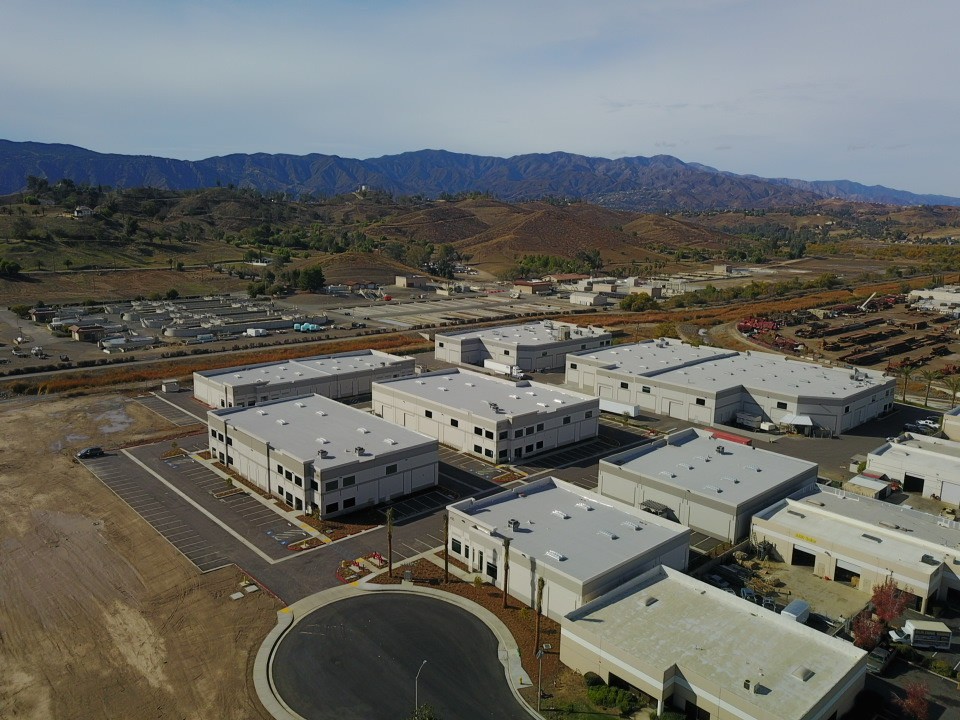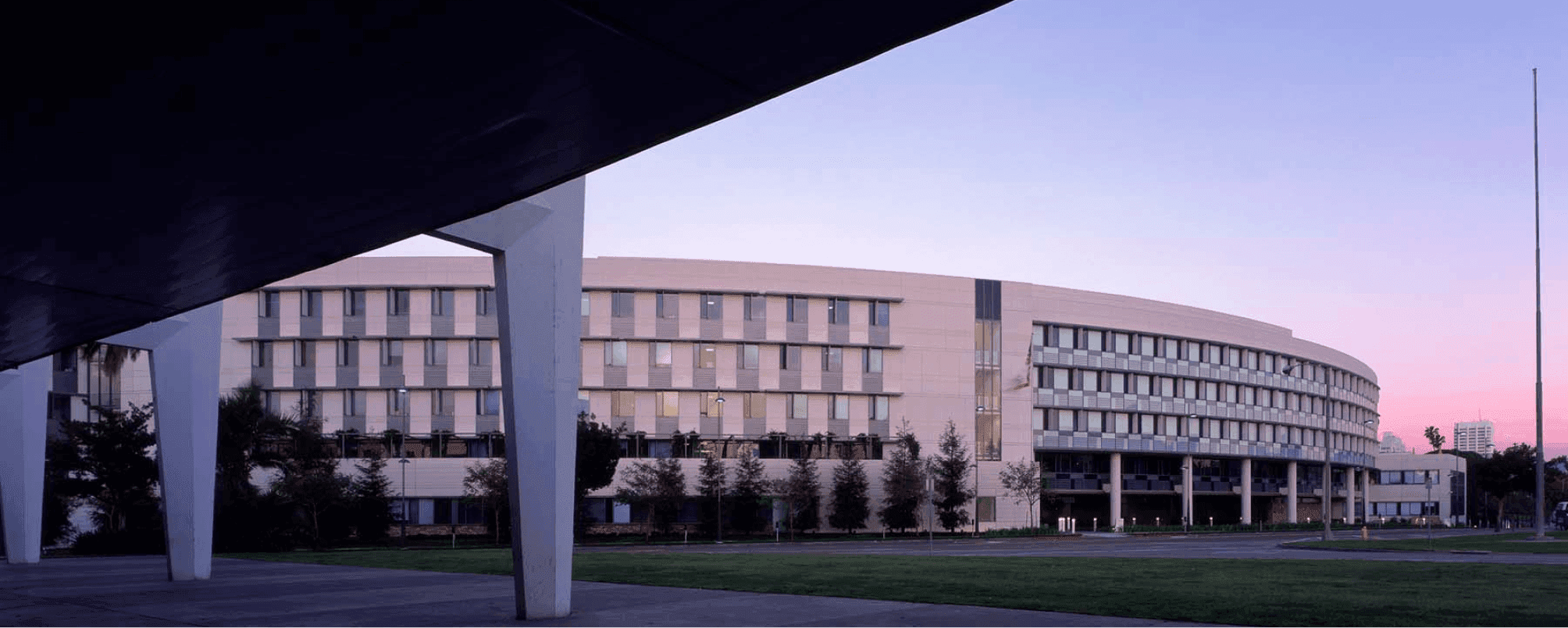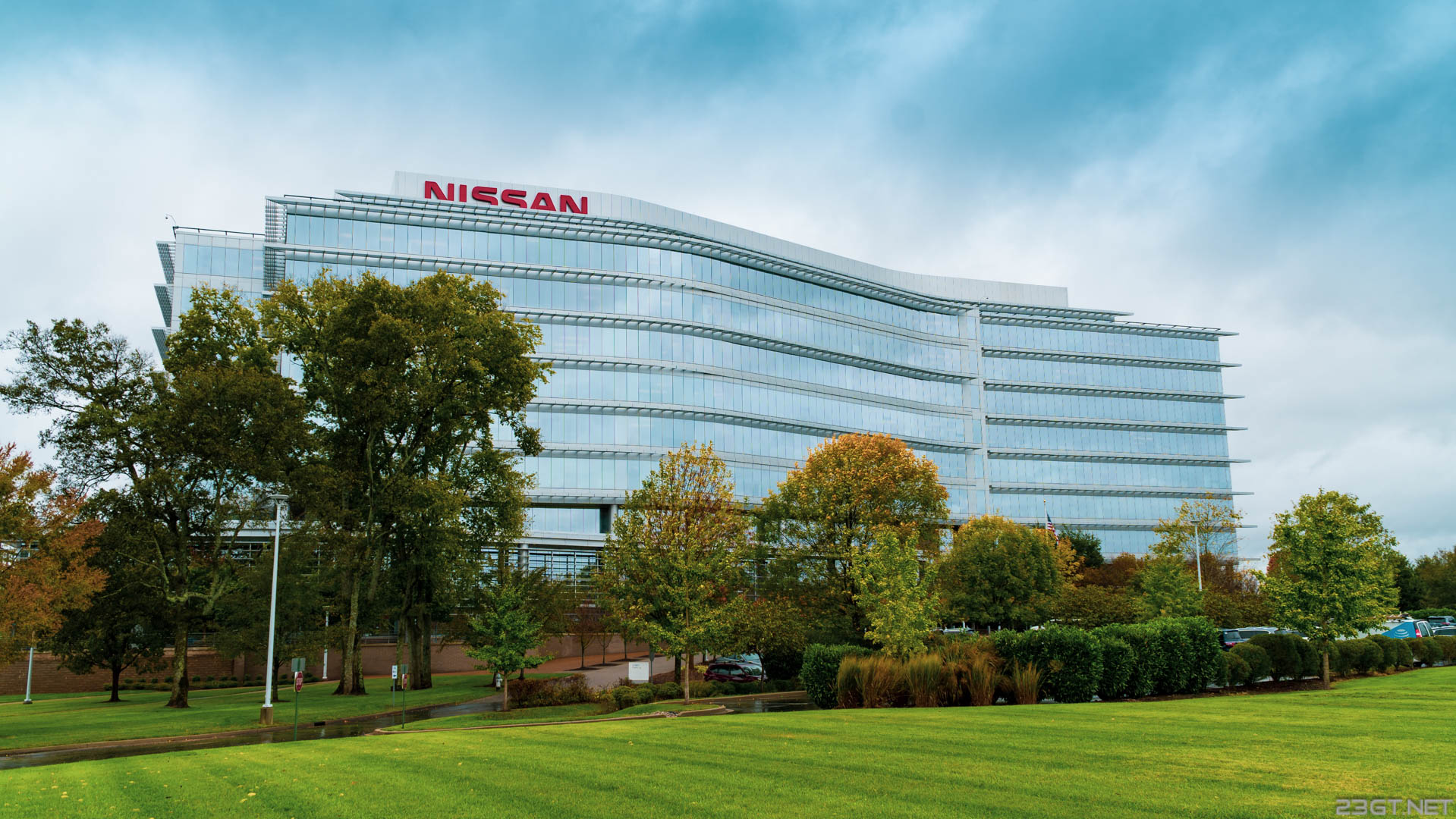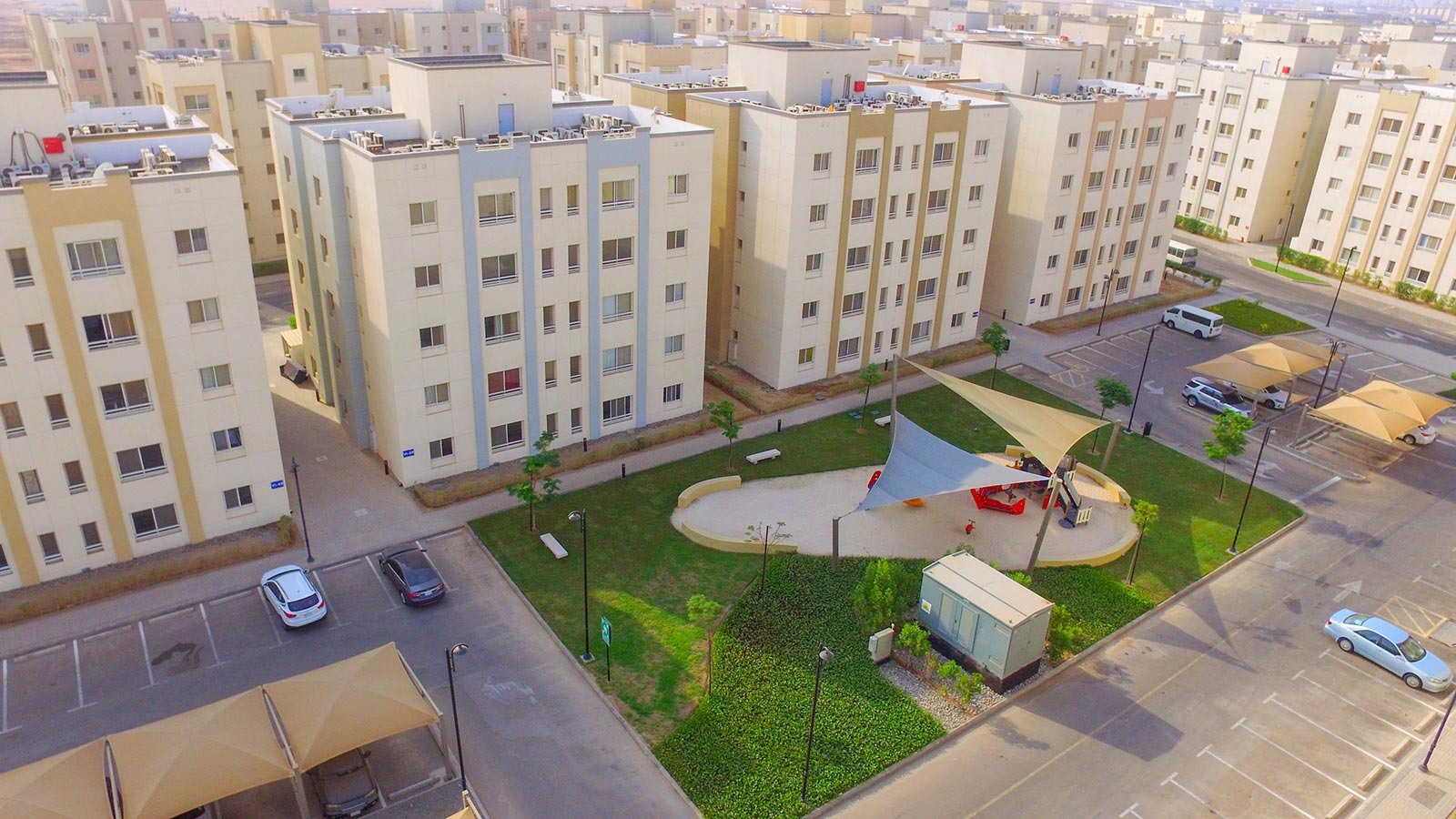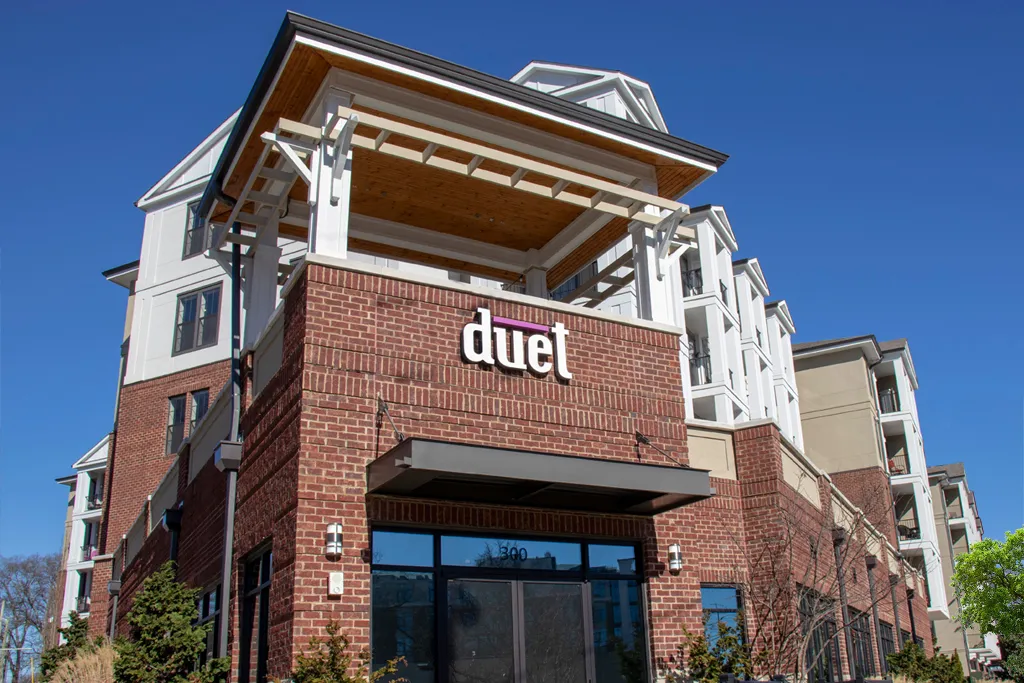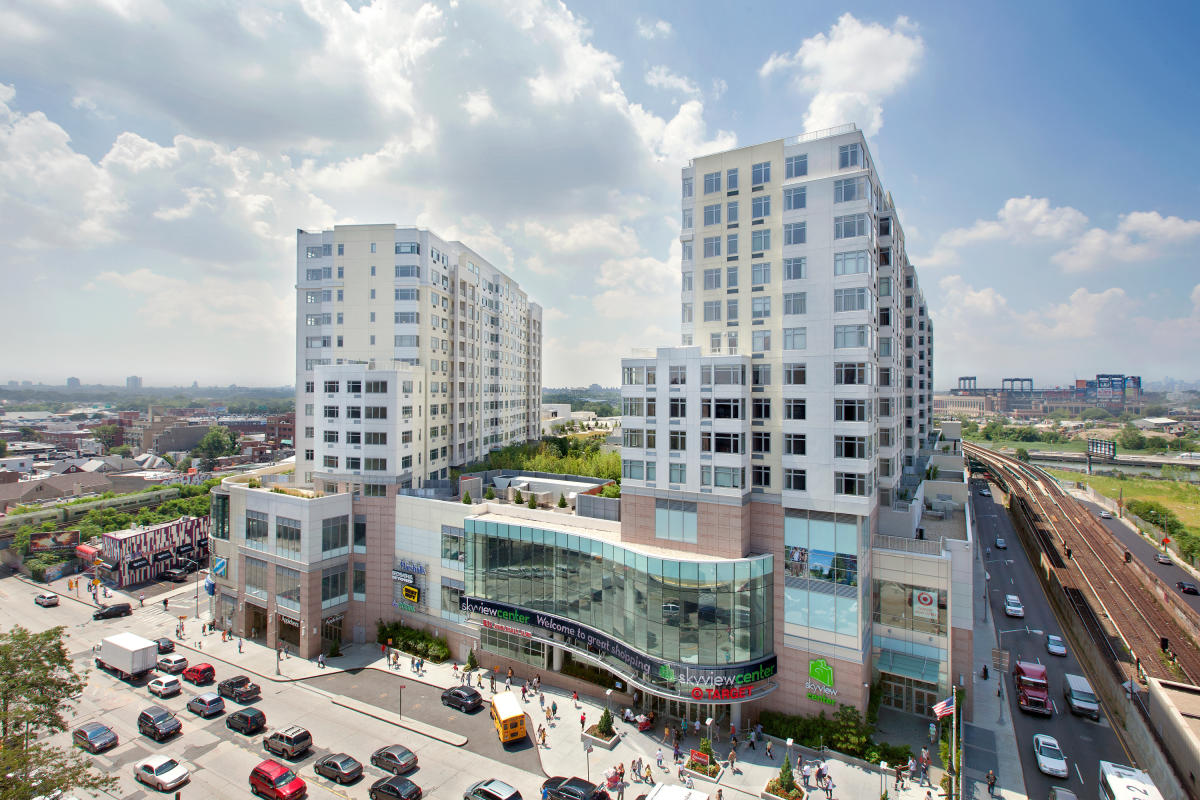
A recent RAND Corporation report has cast a spotlight on a troubling disparity: constructing multifamily housing in California costs 2.5 times more than doing so in Texas. With housing affordability already a critical issue across the state, these findings have added fuel to the fire, highlighting how systemic inefficiencies are inflating costs and constraining development.
What’s Driving the Price Gap?
According to RAND’s analysis of over 140 completed projects across California, Colorado, and Texas, California leads in cost in every major category—from municipal fees to labor and design. Project timelines in California are over 22 months longer than in Texas, while impact fees soar to an average of $29,000 per unit, compared to just $1,000 in the Lone Star State.
In high-cost regions like the Bay Area, construction costs per square foot are 50% higher than in San Diego—despite both cities facing similar housing demands. Design mandates, energy efficiency regulations, and fragmented inspection processes add further delays and expenses.
How These Costs Derail Affordability Goals
The implications are stark. If California could match Colorado’s lower production costs for publicly subsidized housing, the state’s $1.25 billion in recent affordable housing investments could have yielded four times the number of units. These inflated costs hinder California’s ability to scale housing supply and reduce rents, undermining state and municipal efforts to address homelessness and affordability.
Policy Solutions with Industry Support
RAND’s report outlines actionable reforms that could help rebalance the equation:
Accelerated Approvals: Adopt Texas-style laws requiring jurisdictions to rule on housing proposals within 30 days—or approve them by default.
Streamlined Inspections: Replace sequential inspections with synchronized processes to shorten construction timelines.
Fee Reassessment: Rethink the economic logic of impact fees that are 10–40 times higher than in other states.
Pragmatic Energy Standards: Modernize energy efficiency requirements to reduce cost barriers, especially when new units already outperform the state’s aging multifamily stock.
What It Means for Builders and Policymakers
For construction professionals, these reforms could unlock faster timelines, greater predictability, and better margins—while helping to solve California’s housing crisis. The message is clear: until California trims the bureaucratic fat and recalibrates its regulations, affordable housing will remain elusive.
As builders and consultants, we must advocate for a development environment that rewards efficiency and fosters growth—because only through reform can we truly build for California’s future.
How These Costs Derail Affordability Goals
The implications are stark. If California could match Colorado’s lower production costs for publicly subsidized housing, the state’s $1.25 billion in recent affordable housing investments could have yielded four times the number of units. These inflated costs hinder California’s ability to scale housing supply and reduce rents, undermining state and municipal efforts to address homelessness and affordability.
Policy Solutions with Industry Support
RAND’s report outlines actionable reforms that could help rebalance the equation:
Accelerated Approvals: Adopt Texas-style laws requiring jurisdictions to rule on housing proposals within 30 days—or approve them by default.
Streamlined Inspections: Replace sequential inspections with synchronized processes to shorten construction timelines.
Fee Reassessment: Rethink the economic logic of impact fees that are 10–40 times higher than in other states.
Pragmatic Energy Standards: Modernize energy efficiency requirements to reduce cost barriers, especially when new units already outperform the state’s aging multifamily stock.
What It Means for Builders and Policymakers
For construction professionals, these reforms could unlock faster timelines, greater predictability, and better margins—while helping to solve California’s housing crisis. The message is clear: until California trims the bureaucratic fat and recalibrates its regulations, affordable housing will remain elusive.
As builders and consultants, we must advocate for a development environment that rewards efficiency and fosters growth—because only through reform can we truly build for California’s future.









































